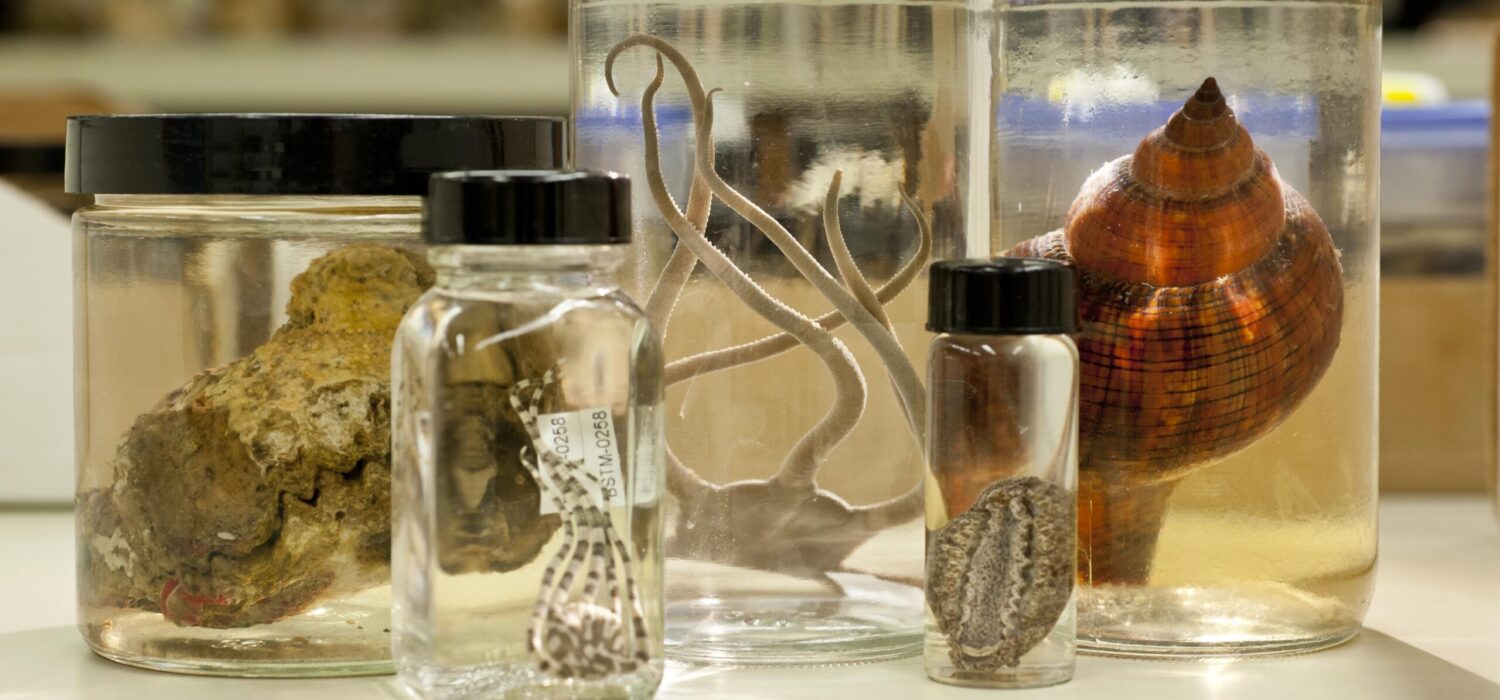The U.S. House of Representatives has now cleared 9 out of the 12 appropriations bills and the Senate Appropriations Committee has advanced three spending bills for fiscal year (FY) 2022, providing significant increases for most federal science agencies and programs.
On July 29, 2021, the House passed an appropriations package or minibus containing seven spending bills for FY 2022, including the bills that fund the National Institutes of Health (NIH), the Department of the Interior, Environmental Protection Agency (EPA), and the Energy and Agriculture Departments. The chamber separately passed spending bills for the Legislative Branch and State-Foreign Operations. Lawmakers were expected to pass the Commerce, Justice, and Science spending bill which includes funding for the National Science Foundation (NSF) and National Oceanic and Atmospheric Administration (NOAA) on July 30, before heading into the summer recess. However, the bill has been put on hold as a result of disagreements over conditions for state and local law enforcement funding. The measure will now likely be taken up after lawmakers return from their recess in September.
Most federal science agencies and programs are slated for significant funding increases in the House bills, including a 14 percent bump for NSF, a 15 percent increase for NIH, a 25 percent boost for the U.S. Geological Survey, a 23 percent increase for EPA, and a 7 percent increase for the Smithsonian Institution. Read a summary of the science provisions in these bills.
Before heading into their summer recess, the Senate Appropriations Committee advanced three spending legislation, namely the bills for Agriculture, Rural Development, Food and Drug Administration, and Related Agencies; Energy and Water Development; and Military Construction, Veterans Affairs, and Related Agencies. The bills will now be considered by the full Senate.
The Senate Agriculture spending bill includes an overall discretionary funding of $25.9 billion, which is an increase of $2.5 billion over FY 2021 enacted levels and slightly below the House allocation of $26.5 billion. Research funding at the U.S. Department of Agriculture (USDA) would be augmented by $292 million over FY 2021 for a total of $3.6 billion. The Agricultural Research Service (ARS) would operate at $1.72 billion, which is $193 million above FY 2021, $175 million below the President’s request, and $44 million below the level approved by the House. The National Institute of Food and Agriculture (NIFA) would receive $1.66 billion (+$87 million), which is almost $300 million below the budget request and in line with the House proposal. The Agriculture and Food Research Initiative (AFRI) USDA’s competitive grants program would be funded at $445 million (+$10 million) under the Senate bill and at $450 million under the House bill. The President has requested $700 million for AFRI, an increase of 61 percent over FY 2021.
The Senate’s Energy-Water appropriations bill would increase the Department of Energy (DOE) Office of Science budget by 7 percent to $7.5 billion, exceeding the Administration’s request by $50 million and the House’s proposed level by $170 million. Biological and Environmental Research would receive a boost of 10 percent to $828 million, which is equal to the President’s request and $23 million more than the House bill.
Both chambers will need to pass and the President will need to sign all 12 appropriations bills before the fiscal year ends on September 30 to avert a government shutdown. If all the appropriations bills are not completed before the current fiscal year ends, Congress may consider a stopgap spending measure in the form of a continuing resolution.

